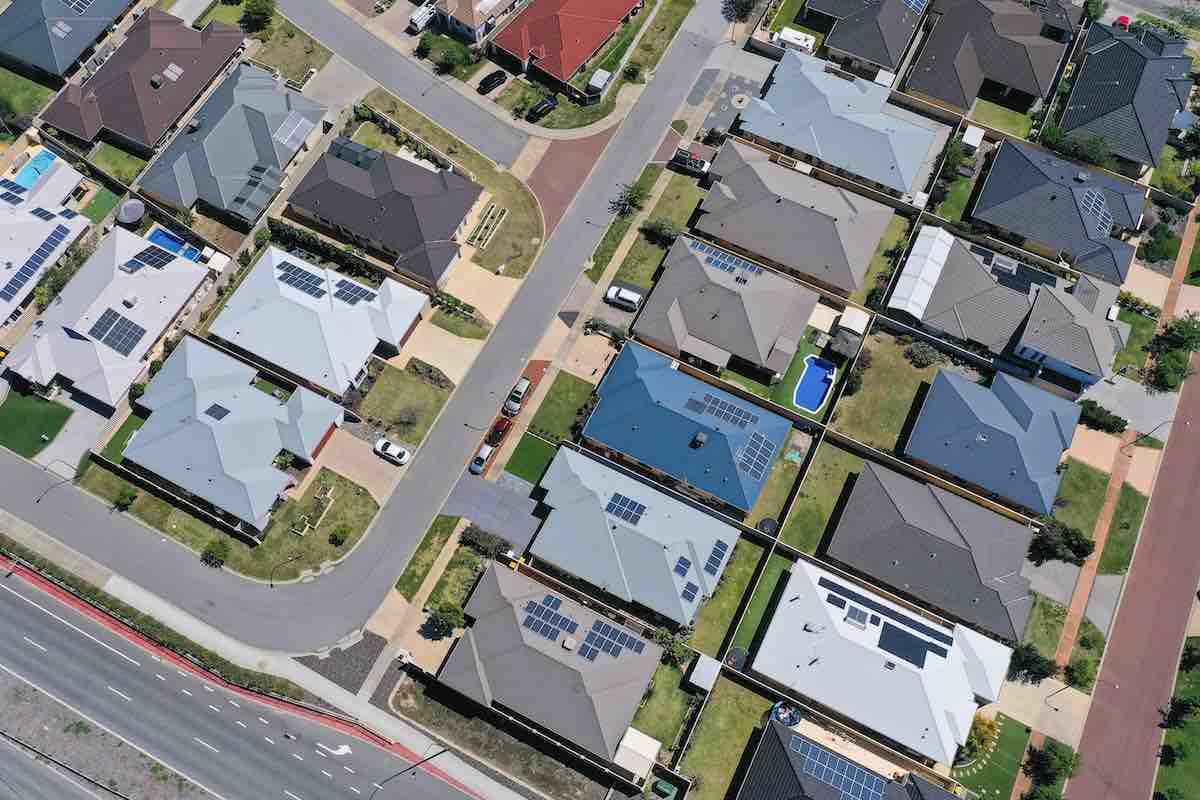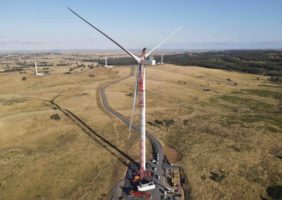Australia has “no excuses” to aim lower than net zero emissions by 2035, according to a major new report, with most of this goal able to be achieved by the end of the decade using proven and available technologies and by setting and sticking to sensible policies.
The Climate Council report, Seize the Decade, maps out a path for Australia to deliver a 75% emissions cut below 2005 levels by 2030, and net zero by 2035, to do its bit to hold global warming at the safest levels now possible.
According to the report, Australia can meet 94 per cent of its grid electricity needs with renewables and storage, double its installed rooftop solar capacity, more than halve industrial climate pollution and decarbonise the transport of people and goods – and all by 2030.
To achieve this, the plan focuses on finding logical and economically beneficial ways to speed up what is already well underway: the phase-out of coal, oil and gas in all parts of the economy and the transition to renewables, storage and electrification.
Equally as important, however, is what the plan does not do: Lean too heavily on land-based carbon offsets or the as-yet unfulfilled promise of carbon capture and storage, or incorporate “unviable proposals” like nuclear energy or hydrogen being used in our homes.
“This report is all about the … solutions that can collectively cut climate pollution by 75% by 2030, in line with what the science says is necessary,” the report says.
“The solutions that we can keep rolling out or set up to end climate pollution. No empty promises, or excuses. No further delays, or wishful thinking that something else might turn up.
“We have focused on the concrete actions we can take over the next few years to build on existing momentum and slash climate pollution during this make-or-break decade.”
“Australian communities are being hurled from flooding rains to scorching heatwaves to deadly fires, and back again,” adds Climate Council CEO Amanda McKenzie.
“Solutions that work across every part of our economy are proven, available, underway and ready to be scaled up. There can be no excuses for failing to protect our children’s future.”
So what are these solutions? Among the many laid out in the 85-page report include policy ideas to put rooftop solar systems on 4 million more homes and take the total installed capacity to 24GW by 2030 – a doubling of the number today.
To do this, the Climate Council suggests state governments use green bonds to finance the upfront cost of installing solar on all public housing properties they own – an approach the report says has been adopted by Singapore’s housing agency.
The repayment costs of these green bonds could then be met through reduced need for energy bill subsidies for residents, which the report notes are a significant ongoing cost for state governments – particularly during the current “cost of living crisis.”
As Climate Councillor and economist Nicki Hutley says, this is hardly rocket science, but rather a pretty basic win-win policy that cuts emissions and bills. And it beats the current policy of using public money to help low-income households to pay unnecessarily high energy bills.
“You look at some of the [current policies], like giving giving a household vouchers for their energy bills, and it’s nuts,” Hutley said in an interview with RenewEconomy. “What’s good policy is giving them vouchers for energy efficiency, that you do once and once only, instead of having to come back year after year again.
“There are some pretty simple wins that you can put on the board,” Hutley says.
“They are all things that we are doing – we just need to do them faster and we need to say all right, where are the obstacles, where are the market failures? Are they planning failures? What is stopping us? Let’s go hell for leather at ironing out the problems.”
Another seemingly simple win the report suggests is for federal and state governments to update the National Construction Code to require all suitable new and substantially rebuilt homes to have rooftop solar.
And policies could also be put into place – beyond Victoria and the ACT – to ensure all new homes built are all-electric, and coordinate an orderly phase out of gas from existing buildings, in favour of electrification. Again, measures that promise to ease cost of living pressures significantly while driving down emissions.
For Australia’s commercial and industrial sectors, the Climate Council argues that emissions could slashed through the introduction of a targeted version of the soon-to-end Small-scale Renewable Energy Scheme, applied specifically to C&I solar installation.
Through the proposed scheme, C&I building owners would be required to install a minimum amount of solar on their premises. Those who install more than the minimum amount would earn certificates that they can sell to businesses who can’t install this amount.
To help fast-track the rollout of large-scale renewables, the report recommends state governments set up the architecture for a regional approach to benefit sharing for communities hosting significant new energy infrastructure – particularly those in a designated REZ or adjacent to an Offshore Wind Zone.
“These regional benefits sharing frameworks can prioritise community outcomes like sustained lower energy prices; provision of ongoing physical and mental health, education, youth and community services; and infrastructure improvements addressing locally-identified needs,” the report says.
“A better approach to sharing the benefits of new energy projects will help to foster community and social licence for these important developments.”
For Hutley, these “solutions” and the many more laid out in the report are pretty “obvious” climate policies – particularly from the lens of an economist.
“I actually get really furious about this because the Opposition says that they are the party for sensible economic management and yet they don’t want to adopt policies that are not only good for the environment, but actually make economic sense,” she says.
“Then they say ‘well, alright, we’ll go for low emissions energy but we want to do nuclear; it’ll take, you know, five times as long and cost 10 times as much.’ How is that rational?
“It’s not economically rational to do nothing – and that’s even before you take account of the impacts of climate change and the cost of natural disasters – not just the extreme events, but the chronic events like …rising temperatures and erosion of coastlines.
“What we’re …trying to say is that these are obvious policies and we will do them over time. The question is, how much time do we have to do them? How much faster can we go.”










